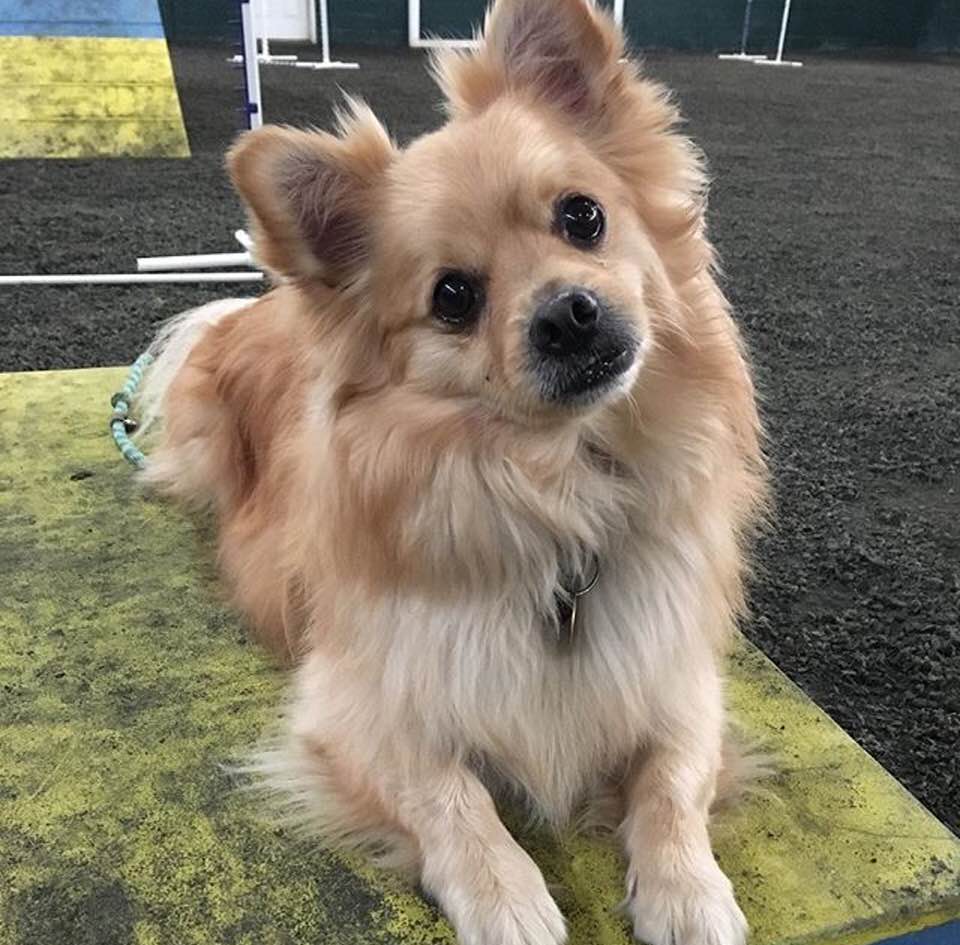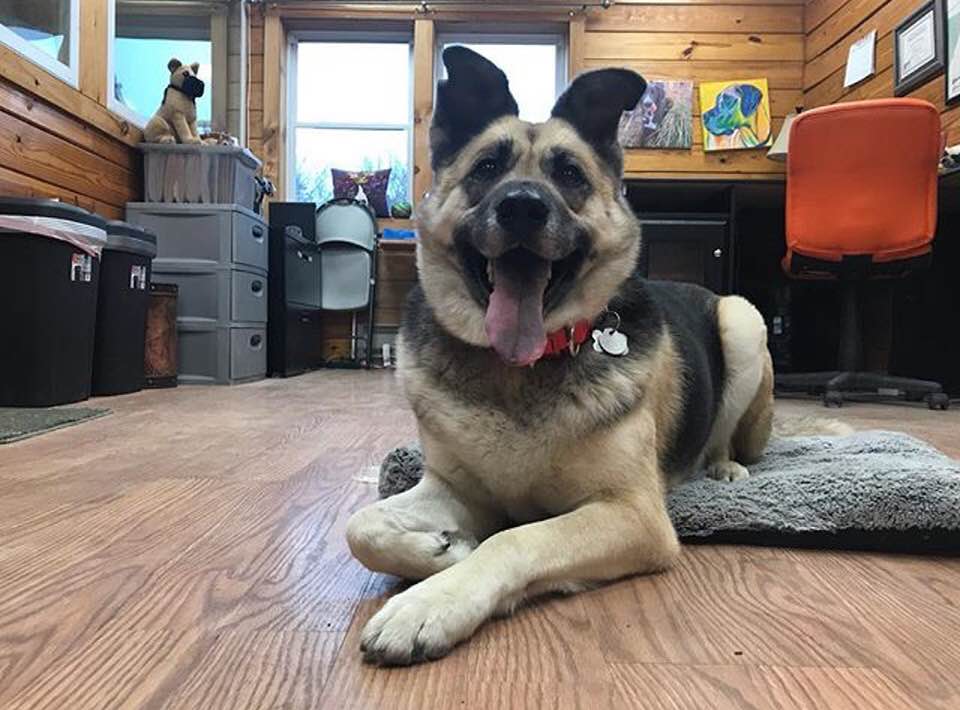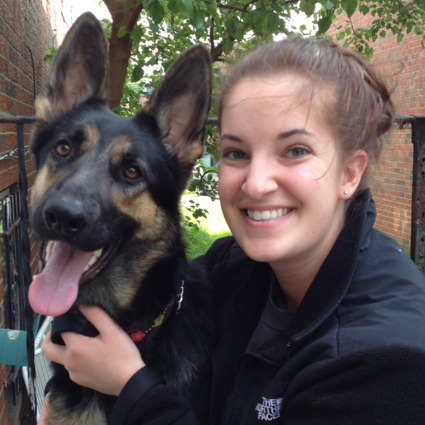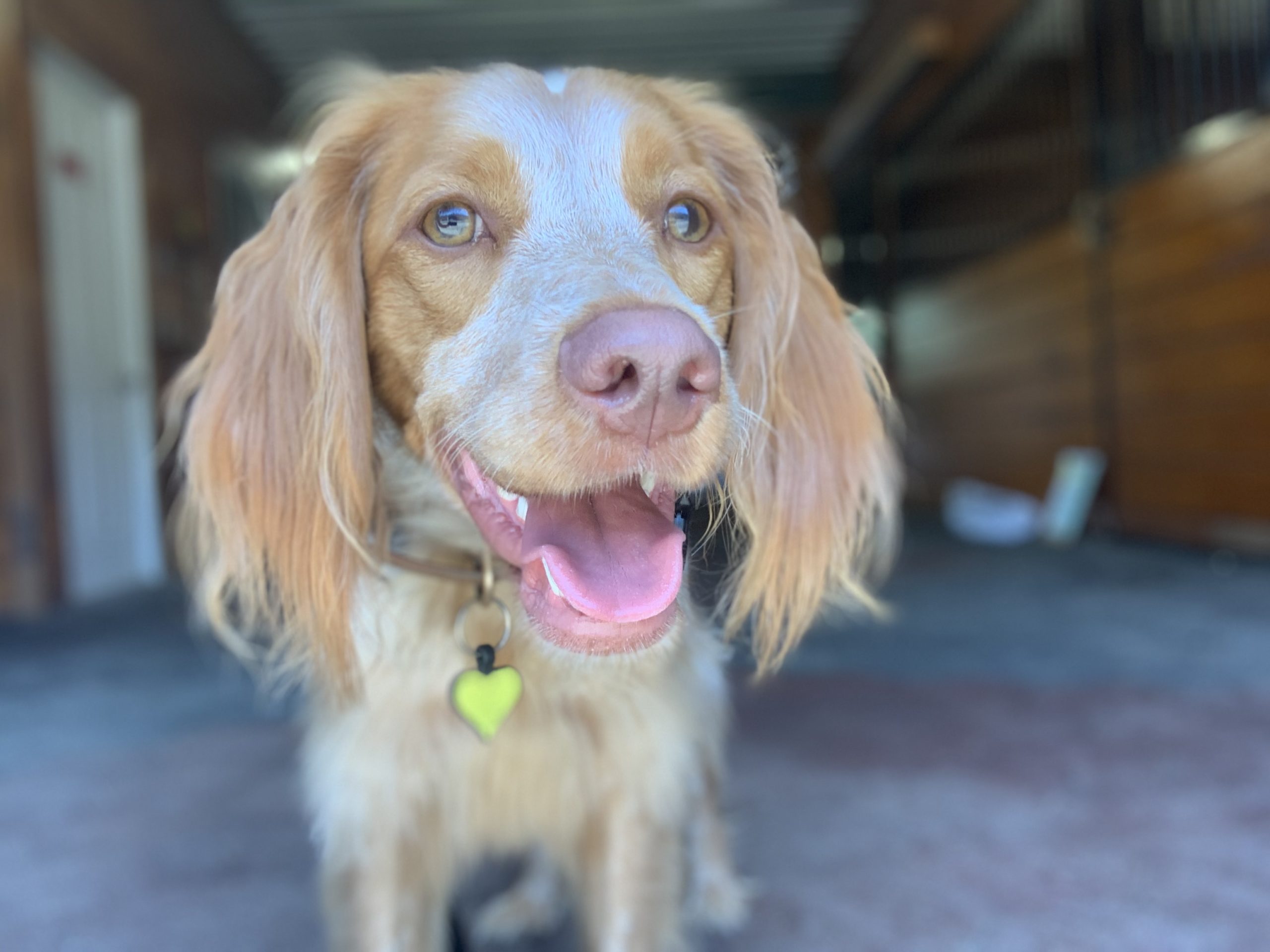By Collin Vito, CPDT-KA
Sometimes before a behavior can be fully modified, it is much less stressful (for you and your dog!) to manage the behavior while you teach your dog the good option instead.
Tools like a gate can help set your dog up for success and avoid any unwanted behaviors or accidents in the meantime. There are many different scenarios a dog gate can be useful for, whether it be for your dog’s own safety or the safety of your possessions.

WHO WATCHES THE WATCH DOG?
Gates can be good for keeping a new pup in line of sight to make sure they are not wondering off and having accidents in another area of your home while you’re relaxing or getting work done. While you are away, gating can be good to help keep them in a dog-proof area for their safety and the safety of your expensive chew toys (shoes) or furniture. If you’re not quite sure if your pup is 100% potty trained yet, gating off an area with tile floors or other easy to clean up surfaces can be a good proving ground for them to show you if they are ready to have more space.

NEW FRIENDS!
Gates can also be helpful when introducing our dogs to those they will be living with. Whether it be young children, other dogs of the household, or cats/other species, sometimes having an off-limits space for the newest member of the home can be beneficial. Overly energetic/affectionate dogs can sometimes be a bit much for younger children and having a place separate for relaxation and play for when things are getting too wild is beneficial for all in the house. The same can go for older dog members of the household. Sometimes a newcomer can be all about play play play and this can get exhausting (or annoying) for those dogs who do not like to constantly be playing.

NEW FRENEMIES?
Another common scenario is introducing a dog to a home with cats or vice versa. If you don’t want your furbabies to be fighting like, well … cats and dogs, introducing them properly and having the right environment for both is important. Cats enjoy their independence at times and love to have a place where they can retreat to be alone. This will also keep their new dog sibling from eating all of their food or raiding their litter box. Some gates come designed with cat holes or others can be jumped over by the cat and not the dog. In all cases, the gate isn’t just being used as a “punishment” for being bad, but is being used to create a designed space for a designed purpose—whether that be for a cat to relax, an energetic dog to play, or an older pup to eat some meals in peace.

DANGER ZONE
Lots of behaviors and rules need to be taught to our dogs so that everyone in the house can live happily. Some of these behaviors take time and practice to build up. Gates can be useful to manage such behaviors until good practice can be established. One of the most frequent nuisance behaviors is our dogs’ curiosity with what may or may not be hiding on the counter tops. Until you train a successful “leave-it”, it can be beneficial to prevent access from the kitchen so that your dog does not get to practice jumping up on the counters. Another frequent not-so-good behavior is begging at the table, again until a “leave-it” or “lay down/settle” is established, having some space while eating is more comfortable. Other safety behaviors can be supplemented with gates as well, including door dashing, getting into dangerous rooms, anxiety with strangers, or intra-household aggression. These behaviors may take more time to modify than others, so keeping your pets safe is always paramount.

DECISIONS, DECISIONS
Since there are so many practical applications for indoor dog gates, it only makes sense that there is a wide variety to choose from including material, height, width, or freestanding vs. affixed. Make sure to do your research before purchasing any gates. Think about what situation you need to use them for, as well as your dog’s ability to jump, chew, knock over, or otherwise make your barrier ineffective.
When separating your dog from their friends in the house (whether that be you, another dog, a small child, etc), make sure they have things to occupy their time such as toys, food puzzles, or safe long chew items so they do not get bored and try to find something not as appropriate to chew on. Even with the most dog-proofed room, our dogs can be quite creative when they are bored!
When using dog gates to separate your dog as a preventative for a “bad” behavior, you can always work towards modifying the behavior, so that gates do not have to be the permanent solution.
If you are unsure of what behavior to teach instead or how to modify a behavior, be sure to seek help from an expert.


